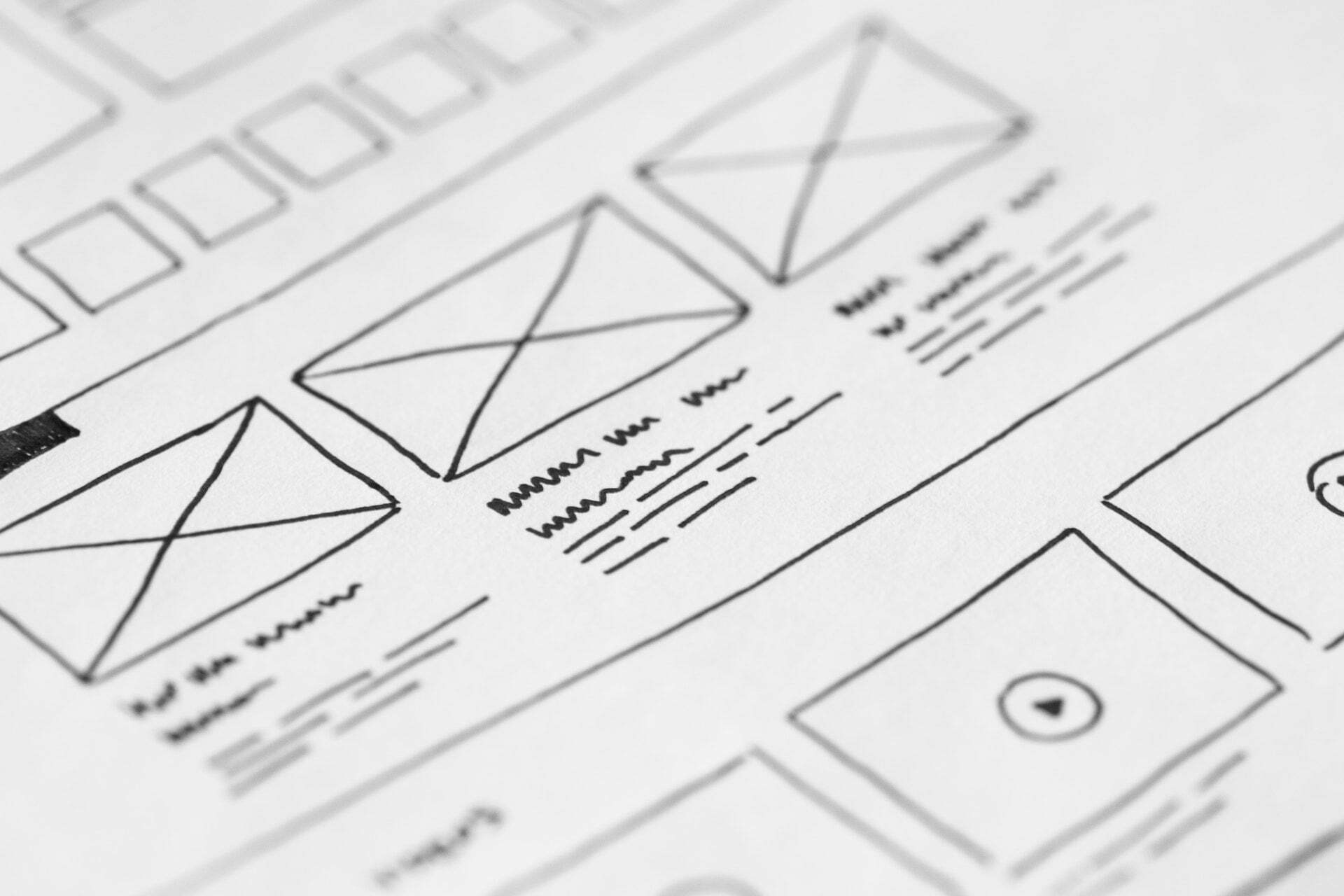
5 reasons why you should prototype your ideas
How do you bring an idea to life? More often than not, a lot of background work and preparation goes into making a great idea a reality; one such process is prototyping.
Let’s start simple – What is prototyping?
The word ‘Prototype’ comes from the Greek word – ‘Prototypos’. Let’s break that down:
‘Proto’ means ‘First.’
‘Typos’ means ‘pattern or impression.’
A prototype can be thought of then as a ‘first cut’ of an idea. Something practical rather than the polished end product because great things take time and refinement. The same principles apply to excellent UX design. People in this industry are driven by the desire to create user experiences that are both functional and visually appealing. They want to make a lasting impression that keeps bringing users back for more while continuing to delight them. The ultimate goal for a UX consultant is high user satisfaction.
We all want to get things right the first time. But to hit that goal of high user satisfaction, we need to follow a process, which is where prototyping comes in. Prototyping allows us to refine our ideas and validate them with real users. Prototyping can also be flexible to suit your project; you can choose a type of prototyping to suit your needs, such as High-Fidelity Prototypes or Low-Fidelity Prototypes. So you can shape how you prototype to fit in nicely with your overall project plan.
Still not convinced?
Here are 5 reasons why you should prototype your ideas
You can get feedback from real people.
User experience. The clue is in the name; good UX design must put users at the centre, which is why getting feedback from real people is so important. Build a prototype and let people use it. There is no need for guesswork or lengthy internal discussions on how people ‘might’ react or what they ‘might’ do. Nowadays, people expect good user experiences, so put users at the centre of your decision-making, let them use it and then see the reaction for yourself. That is true user-centred design, and you can’t argue with that!
React quickly and test often.
Prototypes give you the freedom to test as often as you need to. This is valuable because you can quickly address feedback and ensure your design is on track. Building the capacity to test your prototype as and when required will also help you clearly communicate your ideas to stakeholders. Not only this, but with prototype testing, you will have a concrete way to show how your design will work in practice, which can be very helpful in getting buy-in from decision-makers.
Find and fix problems early.
Have you ever built flat-pack furniture? Many of us will have experiences of getting a flat pack and being ready to attack it armed with only our willpower and a ‘fun-sized’ screwdriver we got from a Christmas cracker. We struggle through, the end is in sight, and the tension is beginning to dissipate as we admire our creation, only to discover that there is a screw left over. We try (and fail) to convince ourselves that there was supposed to be a spare. But soon, it’s time to face the reality that something went a little wrong somewhere along the way.
Testing in the early stages of executing our UX vision will give you time to uncover any problems that might see your creation ‘fall down’, so it’s better to spot these problems early and fix them as you go. This will make your idea as ‘lean’ as possible from the get-go when you have the time and the resources to address the mistake properly. Much like a flat pack bed, we don’t want to find out where that screw should have gone when our bed collapses at 3 am.
Save money, time and effort.
Making mistakes is annoying. Yes, we can learn from our mistakes, and yes, there are often times when we may even feel glad we made certain mistakes upon reflection. Mistakes, however valuable from a learning or development perspective, can be costly.
The good news is that prototyping your UX designs is a benefit that can pay out twice and save you money, time and effort. For a start, spotting mistakes early will reduce any time or money needed to address these further down the line. Secondly, addressing feedback received throughout the building process will eliminate the need for building a like-for-like replica of the finished article to test before launch. It’s really a no-brainer!
Get more right the first time around.
Following steps 1-4 will minimise the things you need to leave to chance. You’ll be removing the guesswork and leaving yourself with plenty of time to test and fix problems. Following this method may mean you have a slightly longer journey, but you will get more right the first time. As UX designers, we often know that work doesn’t stop, even after you’ve launched! Designing the best possible user experience usually requires rounds and rounds of tweaks and fine-tuning, and prototyping is the best way to set yourself up to make those improvements later on. Get ‘more’ rather than ‘everything’ right at these crucial first stages because ‘everything’ can come later.
How to get started with Prototyping.
Now that you understand why you should prototype your UX designs, you’re probably wondering how to get started. The great news is that there is a vast range of tools you can choose from to suit your needs.
Find out more about prototyping here.
